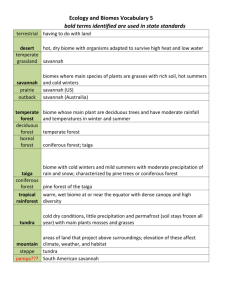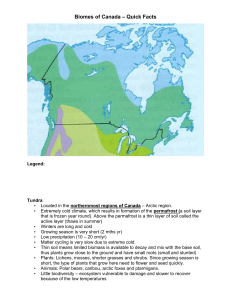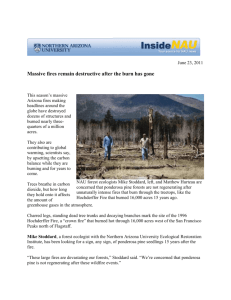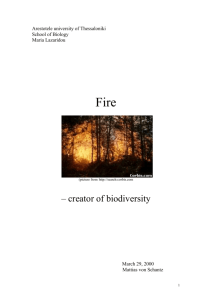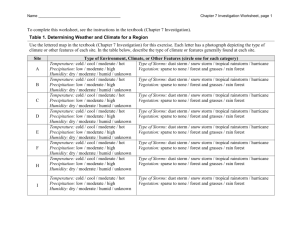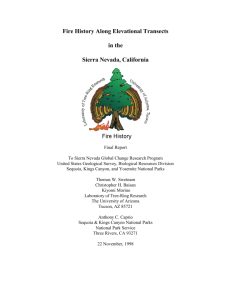Worksheet 27 Supplement Key
advertisement
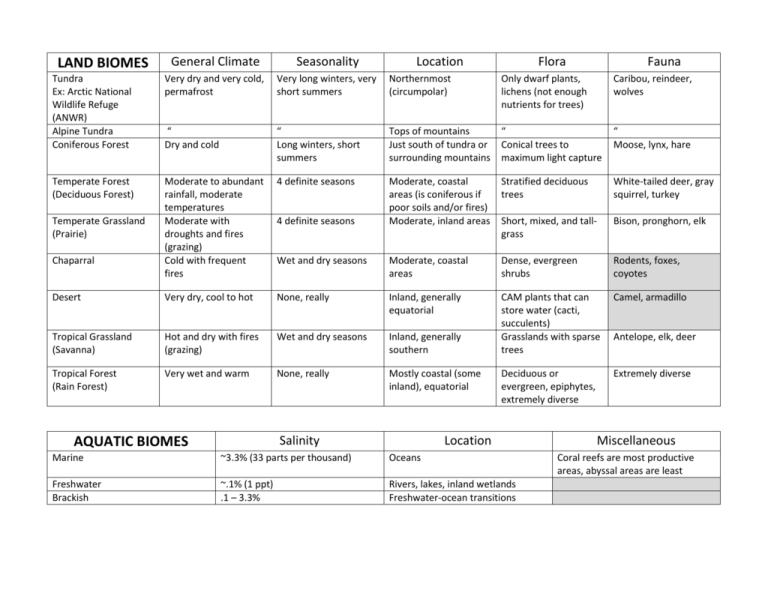
General Climate Seasonality Tundra Ex: Arctic National Wildlife Refuge (ANWR) Alpine Tundra Coniferous Forest Very dry and very cold, permafrost Very long winters, very short summers Northernmost (circumpolar) Only dwarf plants, lichens (not enough nutrients for trees) Caribou, reindeer, wolves “ Dry and cold “ Long winters, short summers Tops of mountains Just south of tundra or surrounding mountains “ Conical trees to maximum light capture “ Moose, lynx, hare Temperate Forest (Deciduous Forest) Moderate to abundant rainfall, moderate temperatures Moderate with droughts and fires (grazing) Cold with frequent fires 4 definite seasons Moderate, coastal areas (is coniferous if poor soils and/or fires) Moderate, inland areas Stratified deciduous trees White-tailed deer, gray squirrel, turkey Short, mixed, and tallgrass Bison, pronghorn, elk Wet and dry seasons Moderate, coastal areas Dense, evergreen shrubs Rodents, foxes, coyotes Desert Very dry, cool to hot None, really Inland, generally equatorial Camel, armadillo Tropical Grassland (Savanna) Hot and dry with fires (grazing) Wet and dry seasons Inland, generally southern CAM plants that can store water (cacti, succulents) Grasslands with sparse trees Tropical Forest (Rain Forest) Very wet and warm None, really Mostly coastal (some inland), equatorial Deciduous or evergreen, epiphytes, extremely diverse Extremely diverse LAND BIOMES Temperate Grassland (Prairie) Chaparral 4 definite seasons Location Salinity AQUATIC BIOMES Flora Location Marine ~3.3% (33 parts per thousand) Oceans Freshwater Brackish ~.1% (1 ppt) .1 – 3.3% Rivers, lakes, inland wetlands Freshwater-ocean transitions Fauna Antelope, elk, deer Miscellaneous Coral reefs are most productive areas, abyssal areas are least




